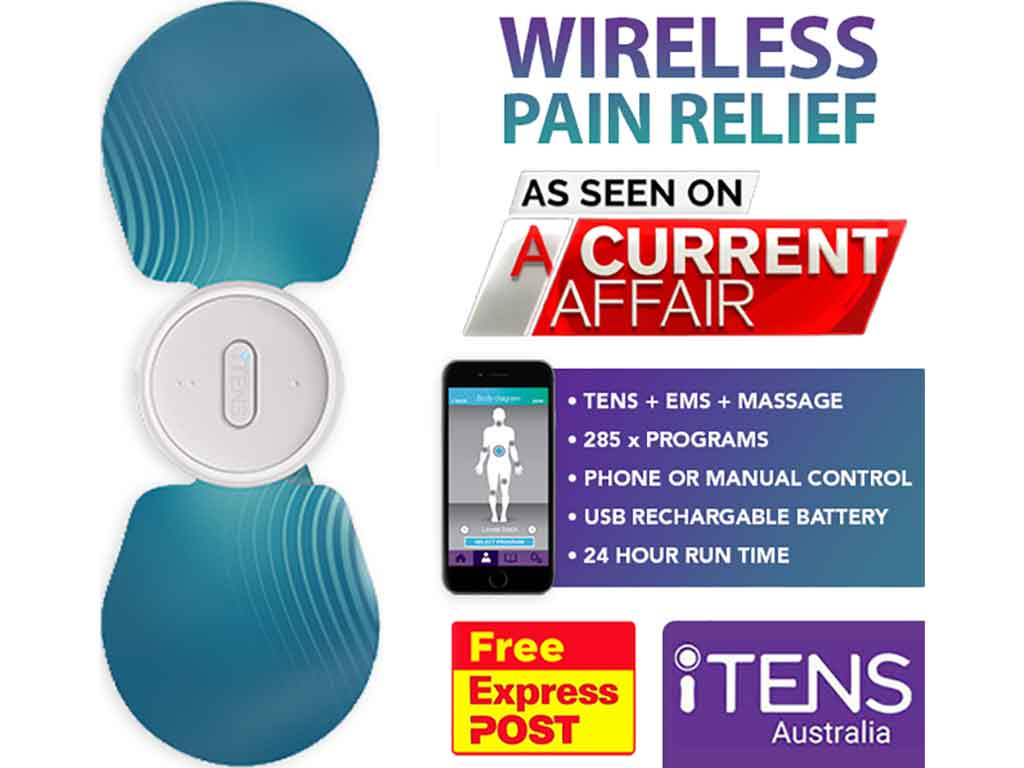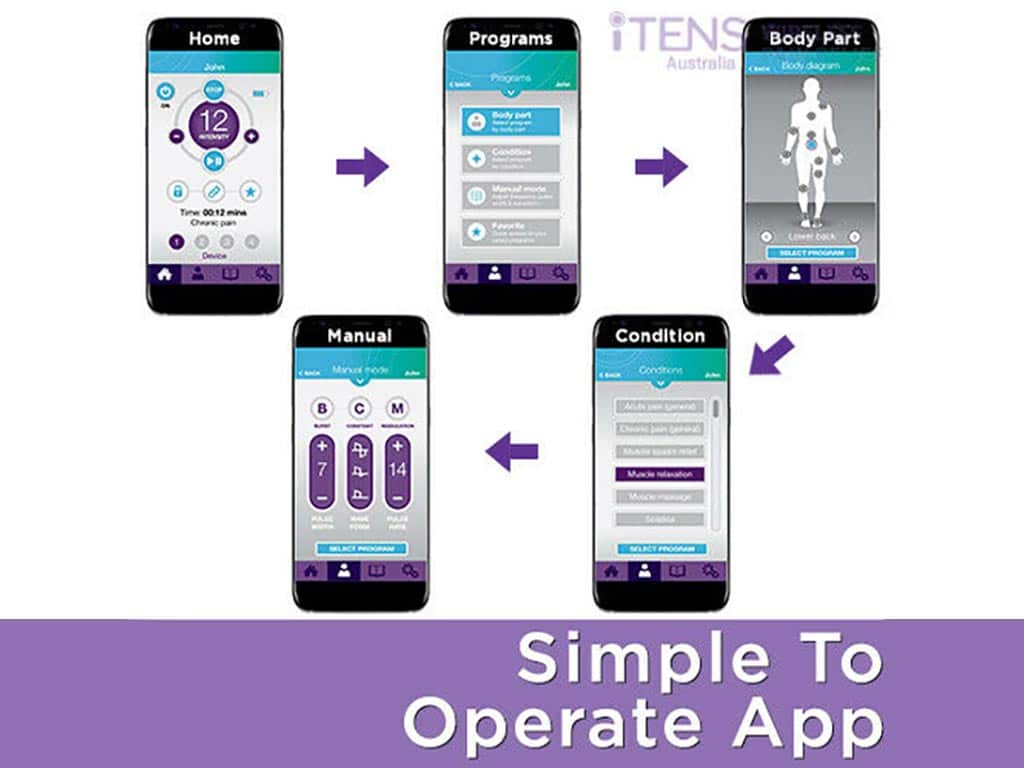
Transcutaneous Electrical Nerve Stimulation or TENS unit for spinal cord injury works by alleviating pain through two mechanisms: pain gating and endorphin release. To use it, individuals should prepare the skin by cleaning it and then place electrodes near the pain site. Following this, they can adjust the settings accordingly. More importantly, users must prioritise safety by consulting medical advice, ensuring proper electrode placement, and adhering to the recommended usage duration. These straightforward steps empower users to manage pain effectively.
A spinal cord injury often brings lasting changes in strength, sensation, and other body functions below the injury site. Moreover, it significantly affects the daily life of a person, limiting their mobility, task performance, and overall independence. The treatment options for this condition include rehabilitation, medications, TENS therapy, and surgery. This article will provide information on how a TENS device for spinal cord injury works, including its proper usage and safety guidelines.
How a TENS Unit for Spinal Cord Injury Works
A TENS unit for spinal cord injury is a device that reduces pain by delivering electrical currents through electrode pads placed on the skin. These gentle electric currents specifically target the sensory nerves in the treated area, leading to a reduction in pain sensations. Numerous studies have demonstrated the effectiveness of TENS therapy in relieving various types of acute and chronic pain in patients.
Generally, TENS therapy operates based on the Pain Gate Control Theory. According to this theory, the electrical signals from the device disrupt the pain signals being sent to the brain. The machine achieves this by utilising high-frequency electrical impulses, typically ranging from 50 to 150 Hz. This form of therapy is particularly beneficial for severe or acute pain.
Another vital mechanism behind TENS therapy is its ability to trigger the release of endorphins. The device accomplishes this by employing low-frequency TENS, usually within the range of 2 to 5 Hz. Endorphins are natural pain-relieving chemicals that the body produces. This feature of TENS therapy is particularly beneficial for people coping with chronic pain, as it provides a more sustainable solution.
Benefits of Using the Device
- Pain relief: TENS devices effectively reduce pain from spinal cord injuries.
- Non-invasive: electric nerve stimulation machines are non-invasive, meaning they do not require any incisions or surgeries.
- Drug-free: TENS units offer a natural and drug-free way to relieve pain, reducing the chances of medication side effects or dependency.
- Easy to use: TENS devices are user-friendly and do not require extensive training.
- Portable: TENS units are compact and portable, allowing people with pain to carry them wherever they go.
- Programmable settings: electrical stimulation devices offer a range of adjustable settings that empower users to tailor their pain relief experience.

How to Operate TENS Unit for Spinal Cord Injury
Operating a TENS unit for spinal cord injury can greatly help alleviate joint pain and neuropathic pain in people. Firstly, the user should ensure that the skin in the treatment area is clean and dry. It is important to cleanse the skin properly to remove any oils or dirt that may interfere with the adhesion.
Secondly, after the skin preparation, the user should carefully place the electrodes on the skin. It is essential to position the pads correctly to target the specific area where the pain is present. Typically, people can place the pads on either side of the treatment area, with a distance of about one inch between them.
Lastly, the person can program the settings on the TENS unit. The device delivers electrical nerve stimulation, which helps disrupt the pain mechanisms and provide pain relief. The unit typically has different settings for pulse width, frequency, and intensity. It is advisable to start with low settings and gradually increase if necessary.
Pad Placement Guide for Safe and Effective Pain Relief
People with pain stemming from spinal cord injuries can find relief through the strategic placement of pads. These small, adhesive pads deliver electrical stimulation therapy to help manage neuropathic pain, a common challenge for spinal cord injury patients. Instead of placing the pads directly on the spine, individuals should position them around the affected area.
People must avoid directly placing TENS pads on the spine because the spinal cord is a sensitive and vital part of the central nervous system. The spine carries crucial information between the brain and the rest of the body. Placing electrodes directly on the spine can risk unwanted effects.

Safety Precautions When Using TENS Unit for Spinal Cord Injury
When using a TENS unit for spinal cord injury, it is important to remember certain safety precautions. Firstly, people should seek guidance from a qualified physical therapist who can provide proper instructions on how to use the device. This will minimise any potential risks and maximise the benefits of the treatment.
Secondly, it is essential to exercise caution when using electrical current stimulation. The TENS unit delivers small electric currents to the muscles or nerves in the affected area. People need to follow the recommended duration of the treatment to avoid any adverse effects. Overusing or misusing the device can result in skin irritation, burns, or excessive muscle contractions.
Lastly, it is vital to stay up-to-date with current studies and research regarding spinal cord stimulation and TENS unit usage. This will help individuals stay informed about any advancements or changes in safety guidelines. The field of physical therapy is constantly evolving, and new findings may provide valuable insights into the appropriate use of TENS for spinal stimulation.
When to See a Doctor
There are certain instances when individuals should consult a doctor or physical therapist. Firstly, if the pain does not improve or worsens with the use of TENS, it is necessary to seek medical attention. It indicates that the electrical stimulation for treatment is not adequate for their specific condition or injury.
Secondly, if there are any changes in the bowel function. It is essential to discuss these symptoms with a healthcare professional, as they may require additional evaluation and management. Lastly, any unexpected reactions such as skin irritations, rashes, or excessive discomfort should be addressed by a healthcare professional.
Conclusion
In conclusion, a TENS unit for spinal cord injury effectively eases pain. It works by using electrical currents to interrupt pain signals and prompt the release of natural pain-relieving endorphins. To operate, one must ensure clean, dry skin, apply electrodes accurately, and adjust settings accordingly. This user-friendly device offers a practical solution for managing both acute and chronic pain. It contributes to improved well-being and comfort for individuals with spinal cord injuries.
More importantly, people must prioritise safety by seeking guidance from a qualified physical therapist, adhering to recommended treatment durations, and staying informed about the latest research. Should pain persist or worsen, if changes in bowel function arise, or in the case of unexpected reactions, seeking prompt medical attention is crucial. Seeking timely medical advice ensures the effective and secure utilisation of TENS units in spinal cord injury management.







